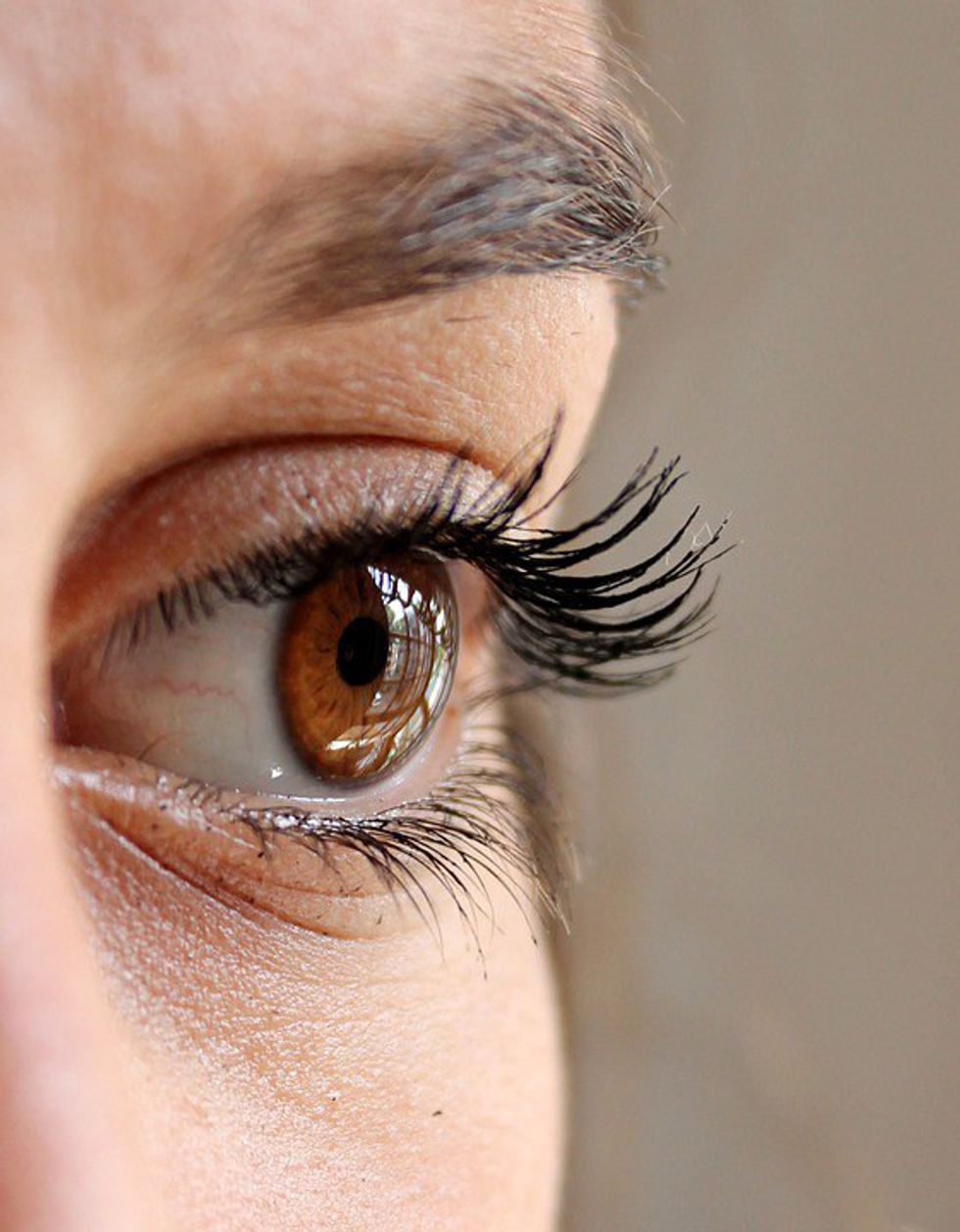The human eye is an amazing thing, but sight is a gift that some are born without or have lost over time. Luckily, medical advances make it possible for some of the blind to regain this precious gift. The ability to restore sight is truly incredible, and it has taken teams of doctors, researchers, surgeons, and scientists years to make it possible, practical, and effective. One procedure, however, has been around since the 1960s, but has not gained much popularity in the United States. This procedure is eye in tooth surgery.
How does it work?
During the procedure, a small section of the patient's canine tooth is removed and shaped to fit a man-made lens that is placed in its core. The section of tooth is then implanted under the eyelid and covered with tissue. After that, a patch of skin is taken from the inside of the patient's check and implanted in the eye for two months, where it slowly gains its own blood supply. The tooth segment is then transplanted into the eye socket. The flap of skin from the cheek is partially lifted from the eye and placed on its new base. Finally, surgeons cut a hole in the cornea so light can go through and vision is restored.
Why do they use a tooth?
They use a living tooth for the implant because doctors say that a patient's body could reject a plastic implant. A canine tooth is used specifically because of its shape and size.
Why isn't this procedure common in the U.S.?
Doctors in the United States say that the procedure is complicated and rare, and that some people use it in desperate situations. The procedure is most common in Europe, but in the U.S. surgeons perform a similar one using a prosthetic cornea. They say the plastic cornea saves patients time and gives them a more natural looking eye.
The Verdict
While there are both pros and cons to the tooth in eye procedure versus other vision restoring procedures, I can confidently say that anything that can give someone their sight back is a miracle of modern medicine. And not many people can say that they can see out of their teeth. That's pretty cool.




















